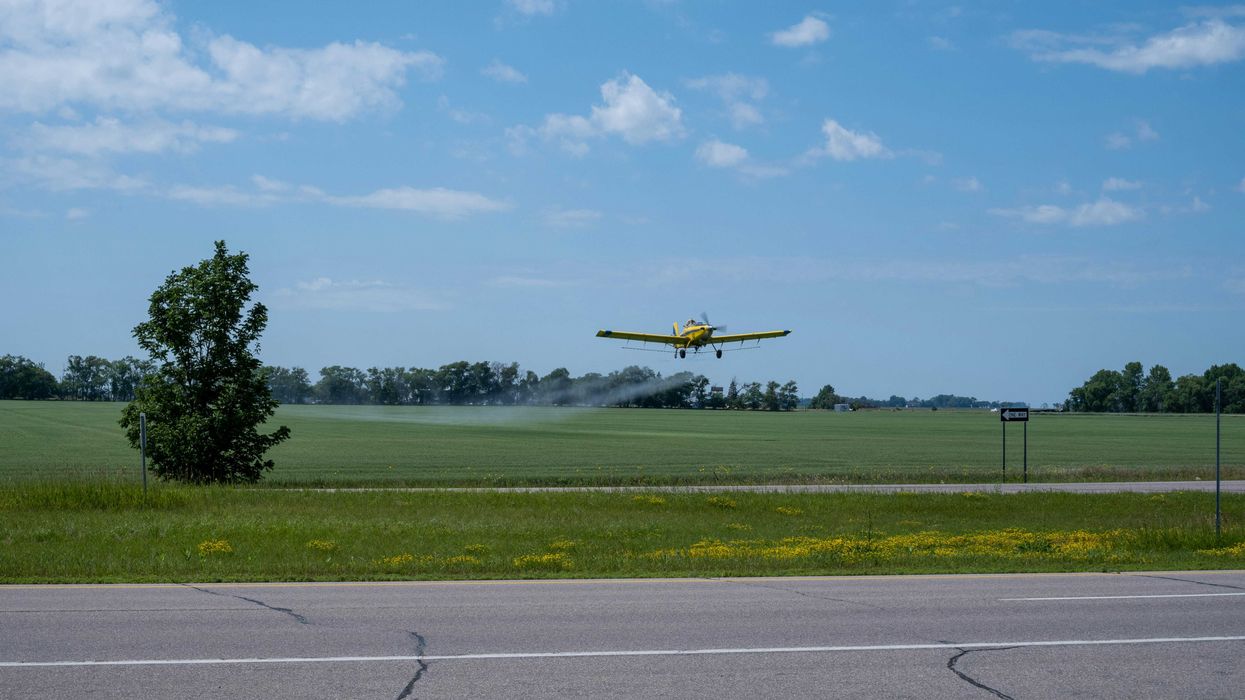The bald eagle population in southern Ontario has made a remarkable recovery after near extinction due to DDT, symbolizing hope for both wildlife and human health.
Emma McIntosh reports for The Narwhal.
In short:
- The pesticide DDT nearly wiped out bald eagles in North America, causing their numbers to plummet in the mid-20th century.
- Decades of conservation efforts have led to a significant recovery, with Ontario declaring bald eagles no longer at risk in May 2023.
- Despite the success, bald eagles now face new threats from climate change and emerging contaminants.
Key quote:
"If we’re not paying attention to what we’re doing, if we’re not careful about what we’re putting into the environment, we’re just going to repeat the story over and over again."
— Jody Allair, Birds Canada
Why this matters:
The resurgence of bald eagles is a testament to the effectiveness of environmental regulations and conservation efforts. It speaks to a broader issue of how human activities impact both wildlife and human health, emphasizing the need for continued vigilance and action. Read more: Pesticide DDT linked to increased breast cancer risk generations after exposure.














